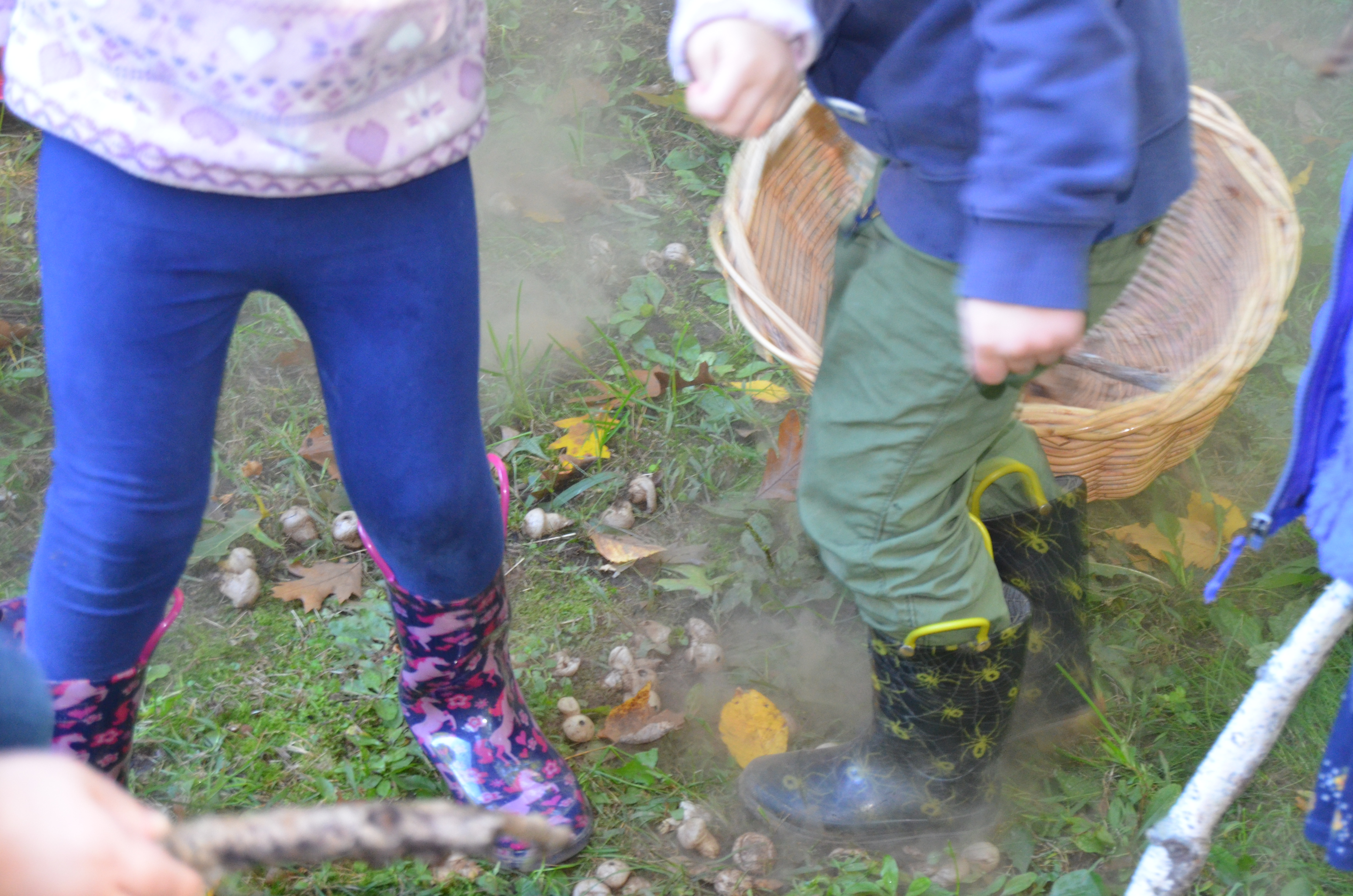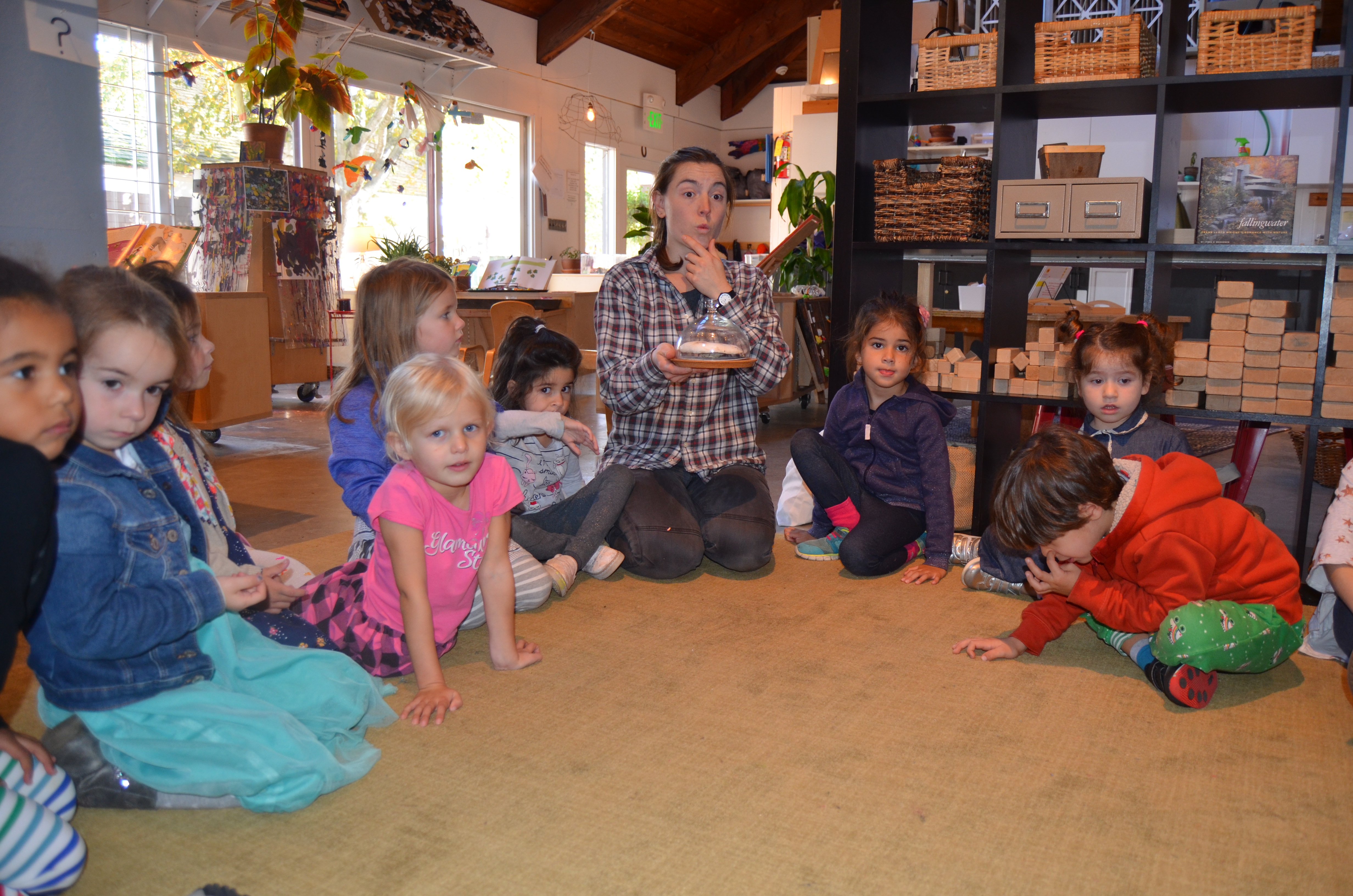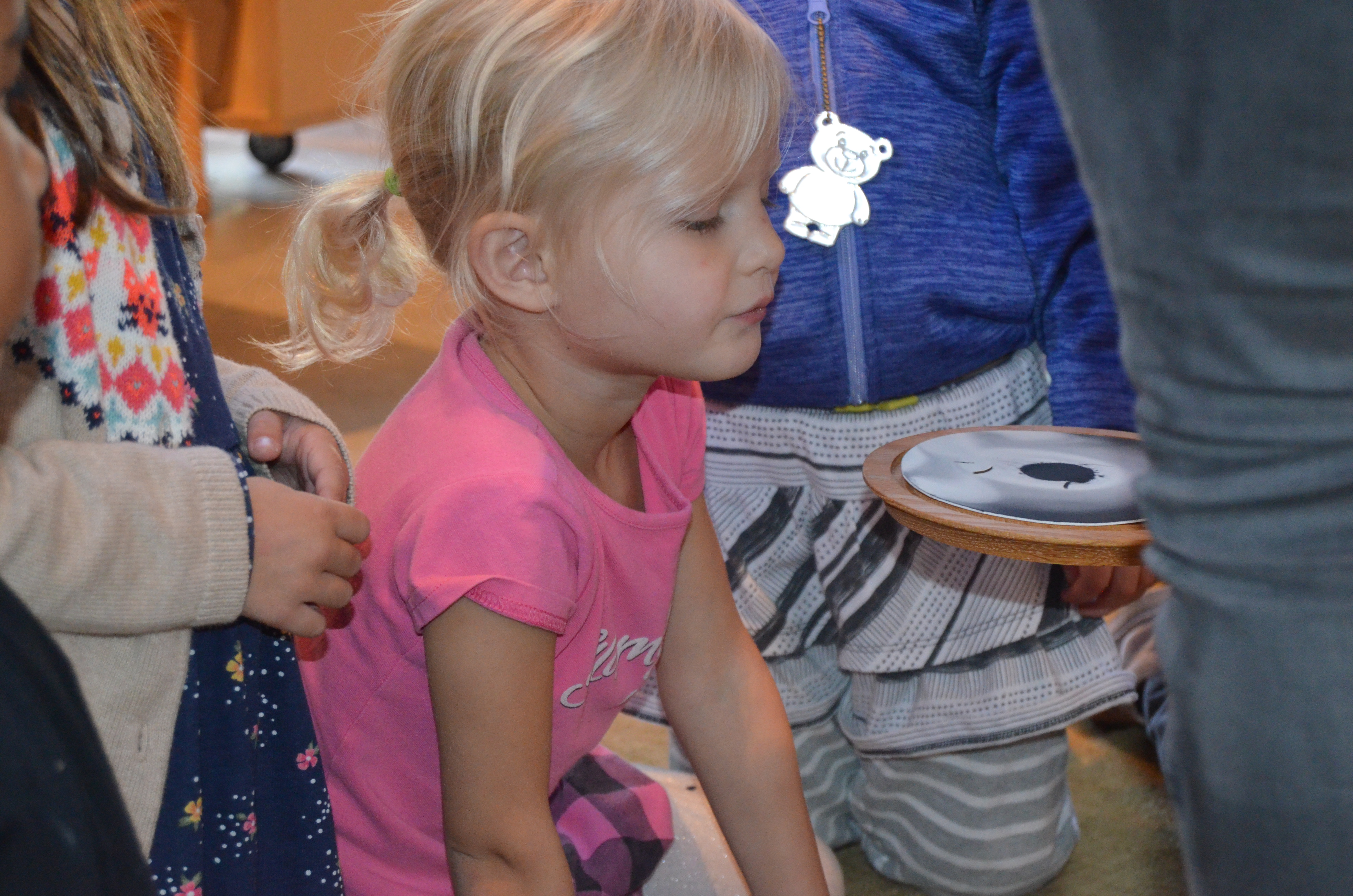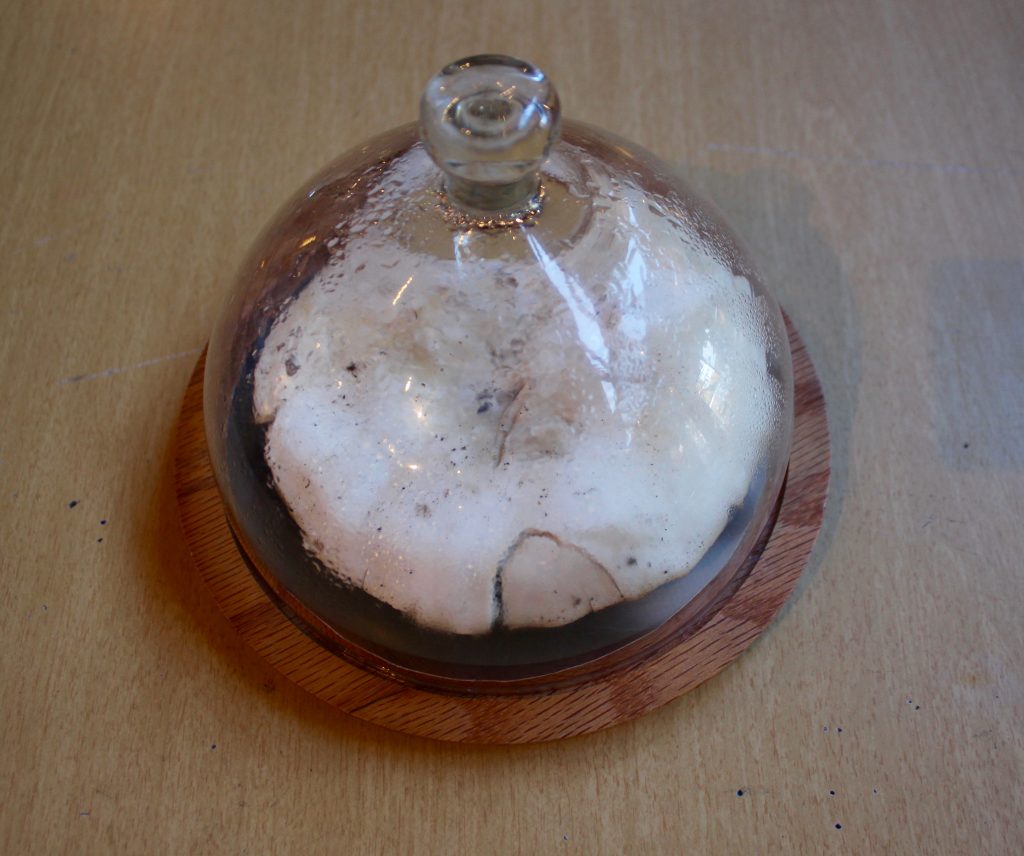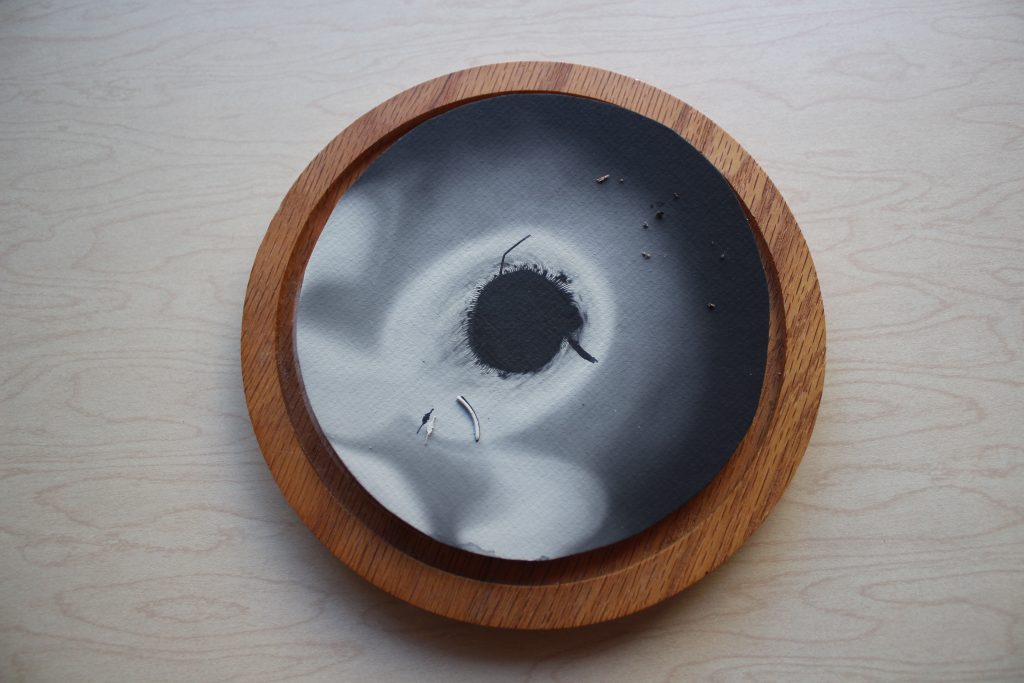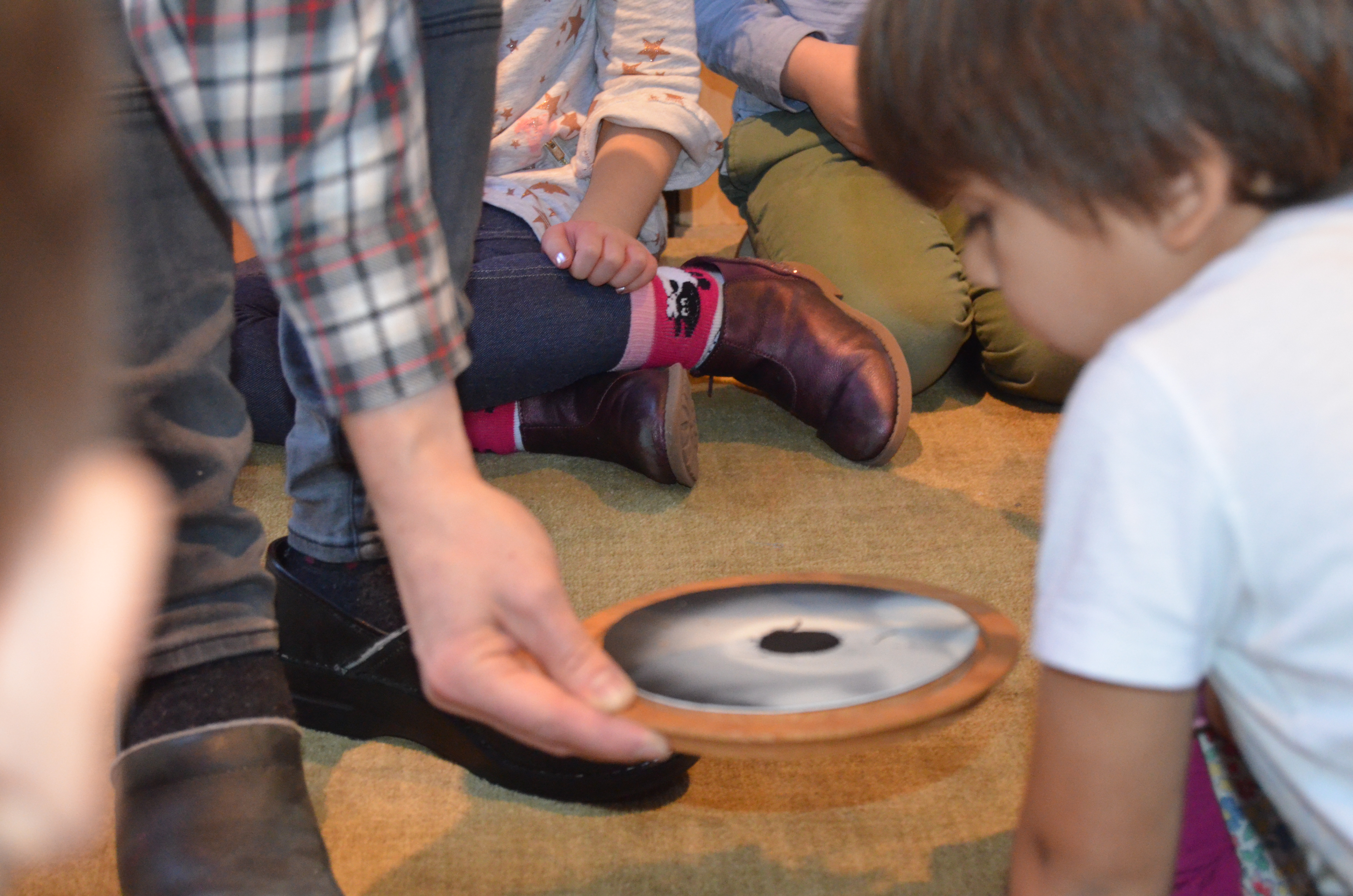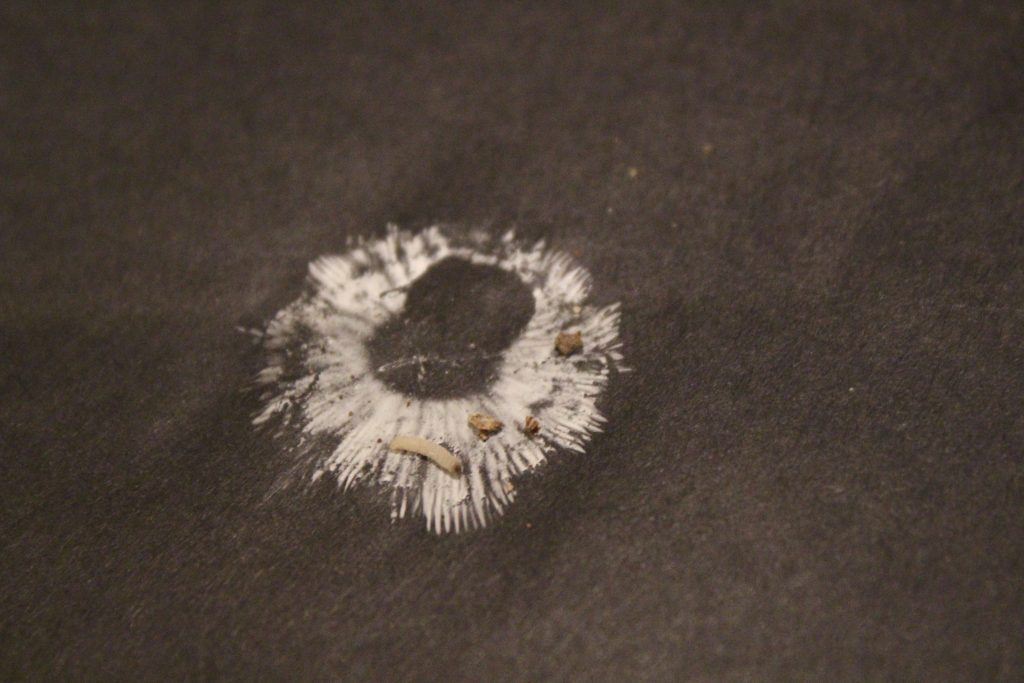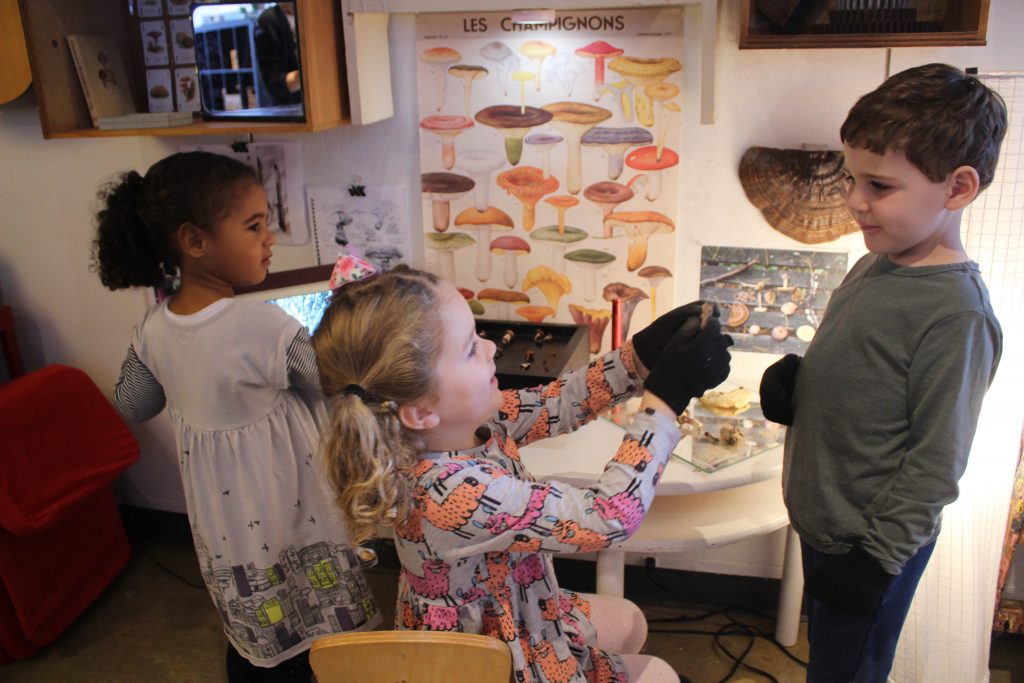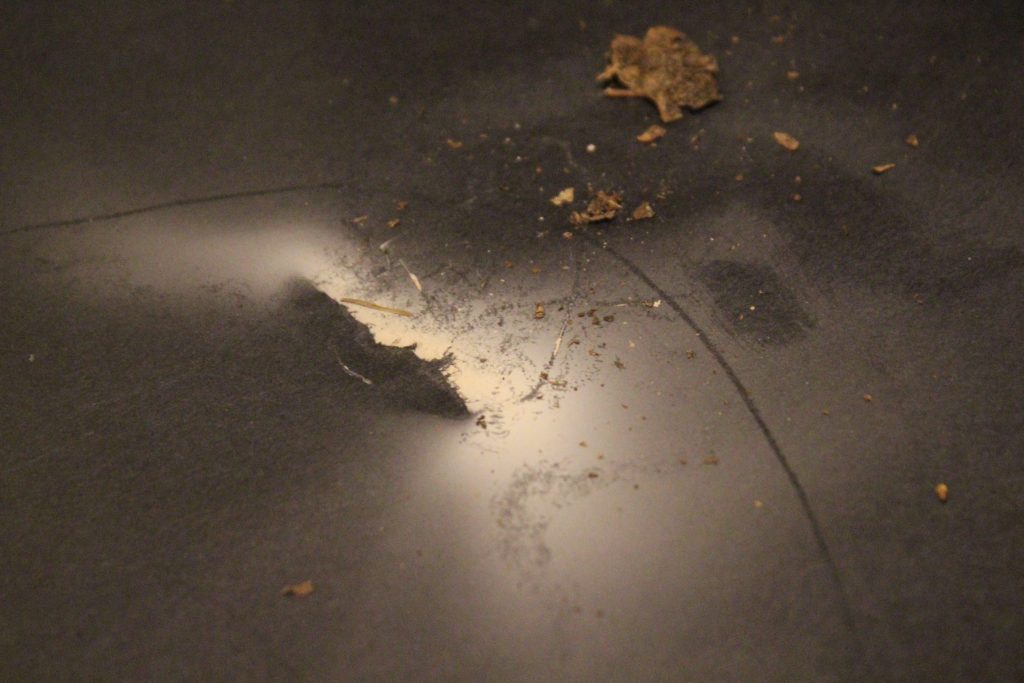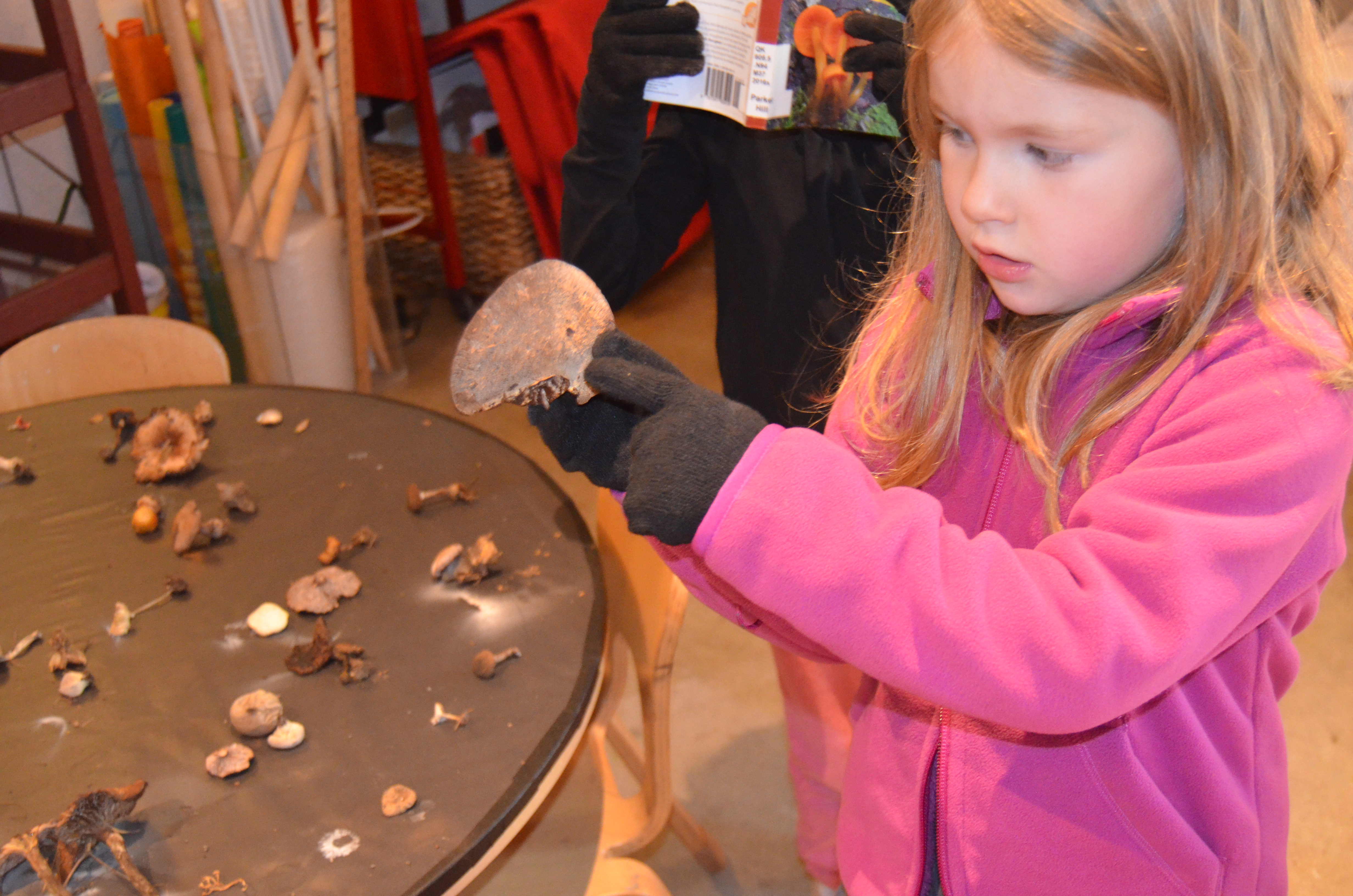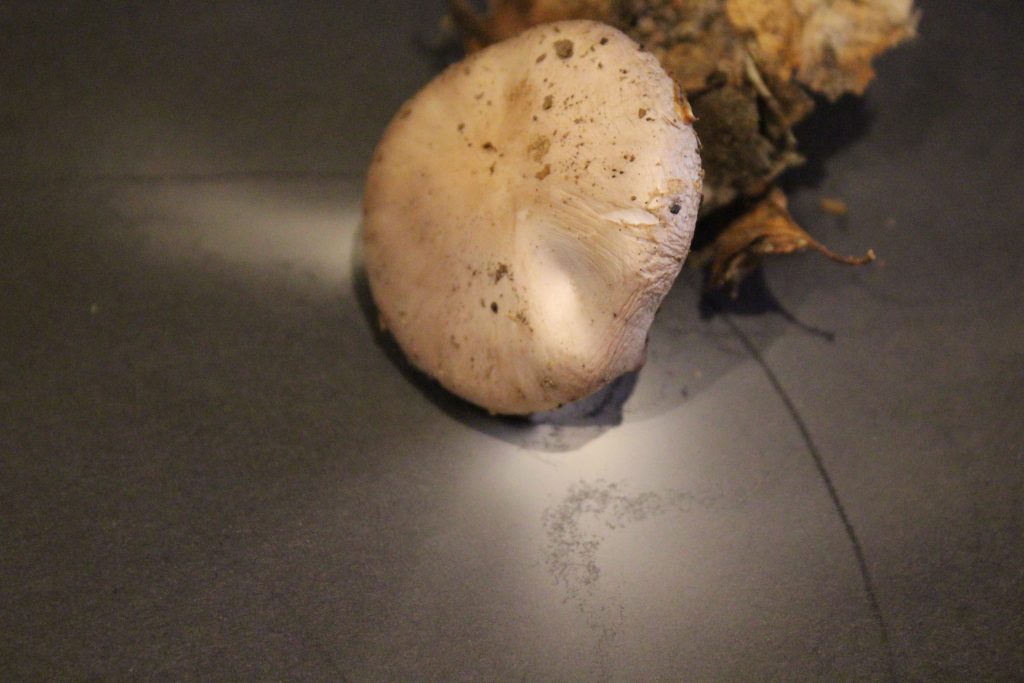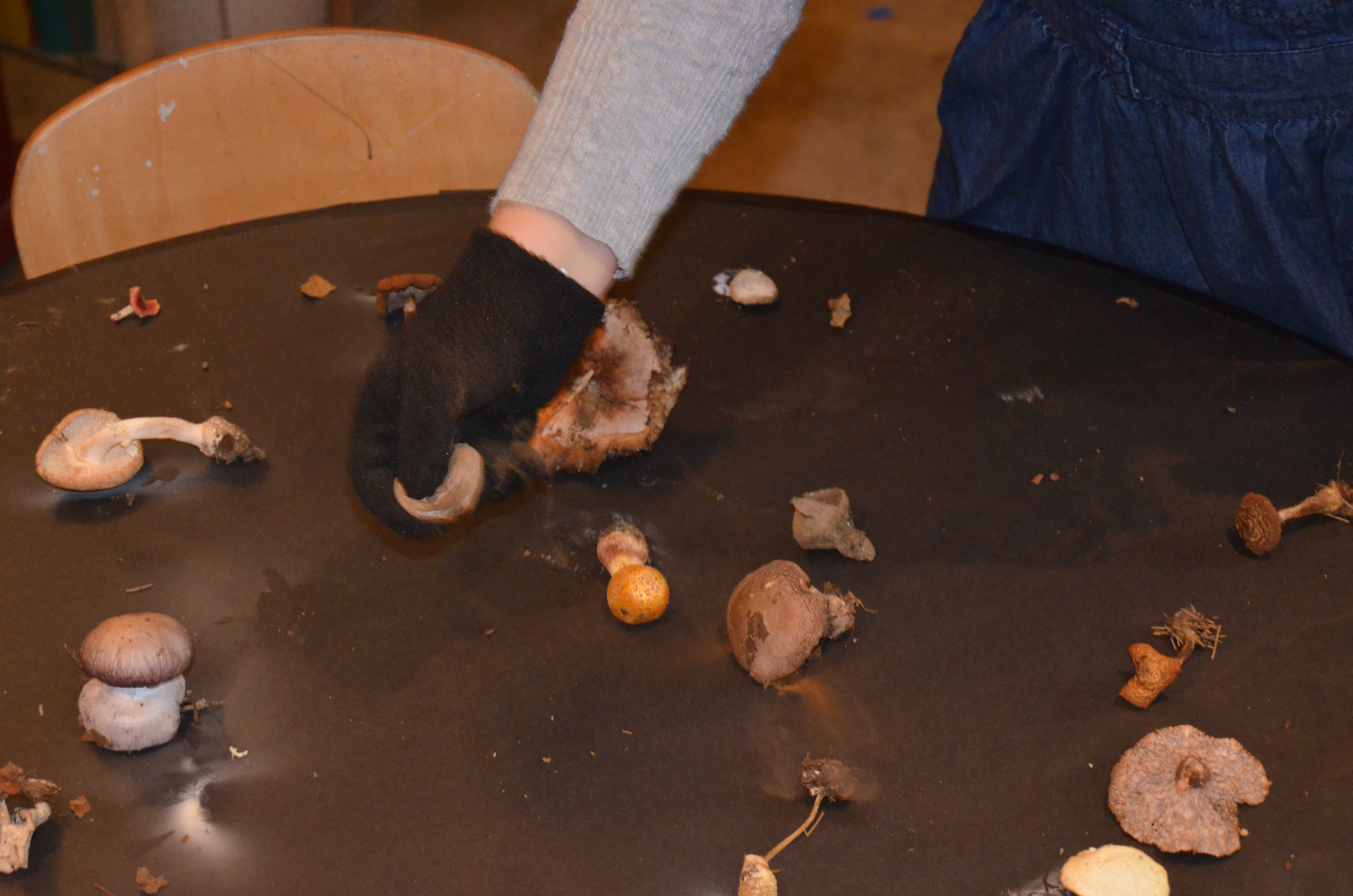“When we say that school is not a preparation for life but is life, this means assuming the responsibility to create a context in which words such as creativity, change, innovation, error, doubt and uncertainty, when used on a daily basis, can truly be developed and become real. This means creating a context in which the teaching-learning relationship is highly evolved; that is, where the solution to certain problems leads to the emergence of new questions and new expectations, new changes. This also means creating a context in which children, from a very young age, discover that there are problems which are not easily resolved, which perhaps cannot have an answer and, for this reason, they are the most wonderful ones because herein lies the “spirit of research.”
–Carla Rinaldi
